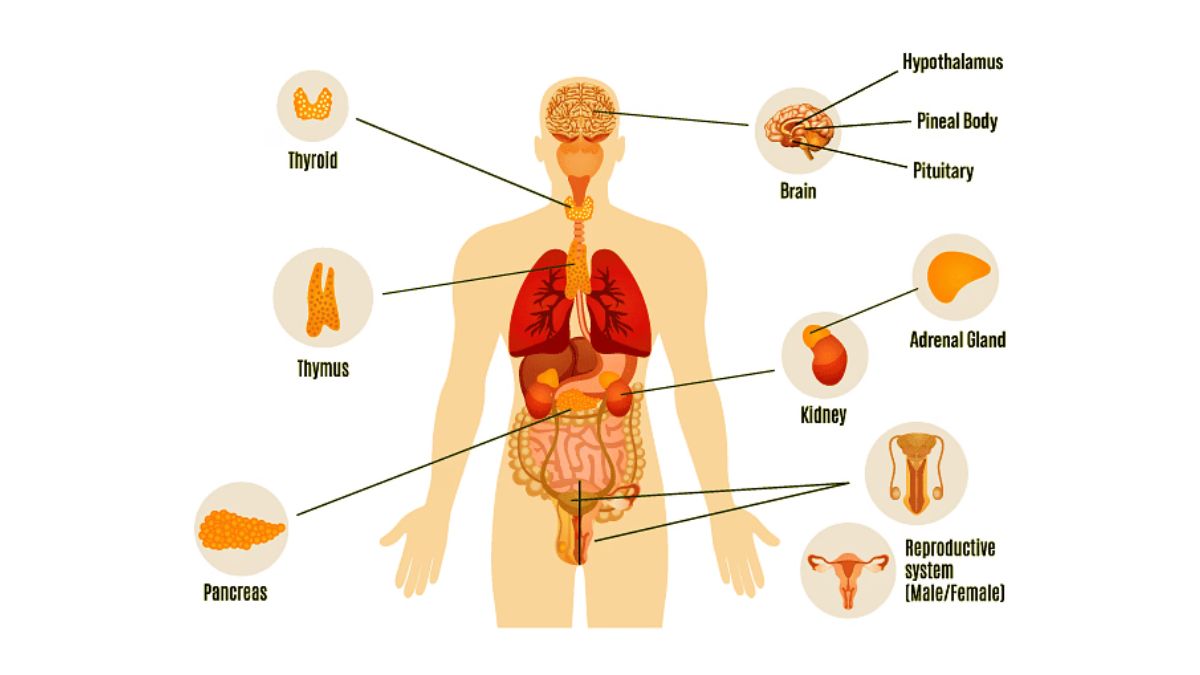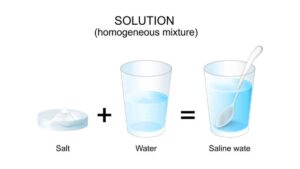The National Eligibility cum Entrance Test is a national level medical entrance exam that test’s student’s knowledge and understanding of crucial topics from the Chemistry, Physics and Biology subjects. one such chapter that is very important for the students to study while preparing for the NEET 2026 exam is the Chemical Coordination and Integration as this chapter is a crucial part of the NEET Biology Syllabus 2026.
In the article below, we have shared the NEET Notes for the Chemical Coordination and Integration Chapter that not only explains important topics but also guides with the best ways to score marks.
Chemical Coordination and Integration
Chemical Coordination and Integration describes how the endocrine system uses hormones to regulate and coordinate body functions, ensuring a stable internal environment, or homeostasis. Hormones, secreted by endocrine glands like the pituitary, thyroid, and pancreas, act as chemical messengers, traveling through the bloodstream to target cells and organs. This hormonal system complements the nervous system, providing a slower but more widespread and prolonged regulatory response for processes such as metabolism, growth, development, and sexual function.
Important Endocrine Glands and Hormones
Below, we have detailed a bit about some of the important Endocrine Glands and Hormones that all the students need to study and learn about during their preparation for the NEET Exam.
1. Hypothalamus – The Master Controller
- Found below the thalamus in the forebrain.
- Connects the nervous system with the endocrine system.
- Produces releasing hormones (RH) and inhibiting hormones (IH).
- These regulate the pituitary gland, often called the master gland.
Examples:
- GnRH (Gonadotropin Releasing Hormone) – stimulates release of LH & FSH.
- GHRH (Growth Hormone Releasing Hormone) – stimulates secretion of GH.
- Somatostatin – inhibits growth hormone release.
- Dopamine – inhibits prolactin release.
2. Pituitary Gland – The Master Gland
- Pea-sized gland located in a bony cavity called sella turcica.
- Has three lobes: anterior, intermediate, and posterior.
- Controls several other endocrine glands (thyroid, adrenals, gonads).
Anterior Pituitary Hormones (Adenohypophysis):
- GH (Growth Hormone) – stimulates body growth, protein synthesis, and cell division.
- Prolactin – initiates and maintains lactation in females.
- TSH (Thyroid Stimulating Hormone) – stimulates thyroid gland to release T3 and T4.
- ACTH (Adrenocorticotropic Hormone) – stimulates adrenal cortex to release cortisol.
- LH (Luteinizing Hormone) – stimulates ovulation in females, testosterone release in males.
- FSH (Follicle Stimulating Hormone) – stimulates ovarian follicle development in females and spermatogenesis in males.
Posterior Pituitary (Neurohypophysis):
- Stores and releases:
- Oxytocin – helps in uterine contraction during childbirth and milk ejection.
- Vasopressin (ADH) – regulates water balance by increasing water reabsorption in kidneys.
3. Pineal Gland
- Located in the brain, shaped like a tiny pine cone.
- Secretes Melatonin, which regulates:
- Sleep-wake cycle (circadian rhythm).
- Seasonal reproduction in some animals.
- Influences metabolism and immunity.
4. Thyroid Gland
- Butterfly-shaped gland in the neck region.
- Produces thyroxine (T4) and triiodothyronine (T3), both containing iodine.
Functions:
- Regulate basal metabolic rate (BMR).
- Maintain body temperature.
- Support growth and development of the brain.
- Influence heart rate, digestion, and energy metabolism.
Calcitonin – produced by thyroid C-cells; lowers blood calcium by depositing it in bones.
5. Parathyroid Glands
- Four tiny glands located behind the thyroid.
- Secrete Parathyroid Hormone (PTH).
Functions of PTH:
- Increases blood calcium by stimulating bone resorption.
- Enhances reabsorption of calcium from kidneys.
- Activates Vitamin D for better calcium absorption in intestines.
6. Adrenal Glands
- Two glands located on top of each kidney.
- Have two parts: Adrenal Cortex and Adrenal Medulla.
Adrenal Cortex Hormones:
- Glucocorticoids (Cortisol) – regulate metabolism, suppress inflammation, and help in stress adaptation.
- Mineralocorticoids (Aldosterone) – control sodium and potassium balance, blood pressure regulation.
- Androgens – weak sex hormones influencing secondary sexual characters.
Adrenal Medulla Hormones:
- Adrenaline (Epinephrine) and Noradrenaline (Norepinephrine).
- Known as emergency hormones or fight-or-flight hormones.
- Increase heart rate, blood pressure, and respiration during stress.
7. Pancreas – Mixed Gland
- Contains both exocrine (digestive enzymes) and endocrine (hormones) parts.
- Endocrine part is the Islets of Langerhans.
Hormones:
- Insulin (β-cells) – lowers blood sugar by increasing glucose uptake and glycogen synthesis.
- Glucagon (α-cells) – increases blood sugar by stimulating glycogen breakdown.
- Somatostatin (δ-cells) – inhibits secretion of insulin and glucagon.
8. Gonads
Testes (Male):
- Produce Testosterone.
- Regulates spermatogenesis and secondary male characters (voice change, beard growth).
Ovaries (Female):
- Produce Estrogen – promotes female secondary sexual characters and menstrual cycle regulation.
- Progesterone – prepares uterus for implantation, maintains pregnancy.
9. Other Hormone Sources
- Kidneys: Erythropoietin – stimulates RBC production.
- Gastrointestinal Tract: Gastrin, Secretin, Cholecystokinin (CCK), GIP – regulate digestion.
- Heart: Atrial Natriuretic Factor (ANF) – lowers blood pressure by increasing sodium excretion.
- Placenta: Produces hCG, hPL, estrogen, progesterone during pregnancy.
Importance of Chemical Coordination and Integration Notes for NEET
The Chemical Coordination and Integration Chapter is one of important chapters that all the students need to study and prepare in process to appear for the NEET Exam. Below, we have added some reasons explaining the Importance of Chemical Coordination and Integration Notes for NEET:
- Covers direct NEET questions on hormone functions and disorders.
- Provides conceptual clarity on body regulation and homeostasis.
- Helps in quick revision before exams.
- Aids in solving application-based questions on endocrine disorders.
- Improves retention through clear classification of glands and hormones.
- Reduces confusion in overlapping topics with human physiology.
NEET Important Questions – Chemical Coordination and Integration
- Differentiate between endocrine and exocrine glands with examples.
- Why is the hypothalamus considered a link between the nervous and endocrine system?
- Which pituitary hormone is directly involved in milk ejection during lactation?
- Explain why the pituitary gland is called the “master gland.”
- How does negative feedback regulate thyroid hormone secretion?
- Why is insulin called a hypoglycemic hormone?
- Explain the role of cortisol during stress.
- How does melatonin influence circadian rhythm?
- Describe the difference between peptide and steroid hormone mechanisms.
- Which hormone regulates water reabsorption in kidneys?
- Name the hormone responsible for ovulation.
- Which hormone is also called vasopressin?
- Which cells of the pancreas secrete insulin?
- Name the hormone secreted by parathyroid glands.
- Which hormone deficiency causes cretinism?
- Which hormone is also known as lactogenic hormone?
- What is the source and function of erythropoietin?
- Name the hormones secreted by adrenal medulla.
- Which gland is located in the sella turcica?
- Name two hormones secreted by the placenta.











 NEET Preparation Strategy 2026: Detailed...
NEET Preparation Strategy 2026: Detailed...
 Free NEET Sample Papers 2026 PDF | Downl...
Free NEET Sample Papers 2026 PDF | Downl...
 Salt Analysis NEET Notes, Check Importan...
Salt Analysis NEET Notes, Check Importan...








